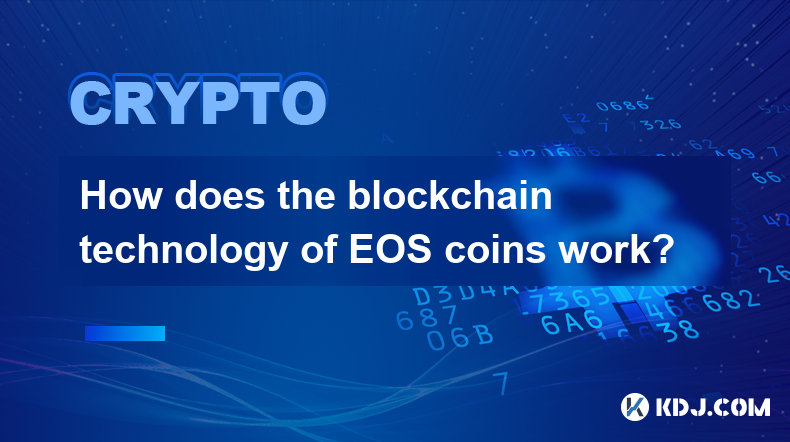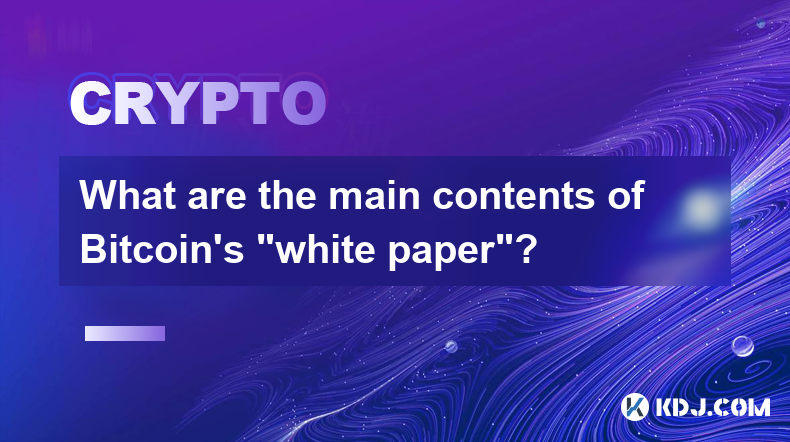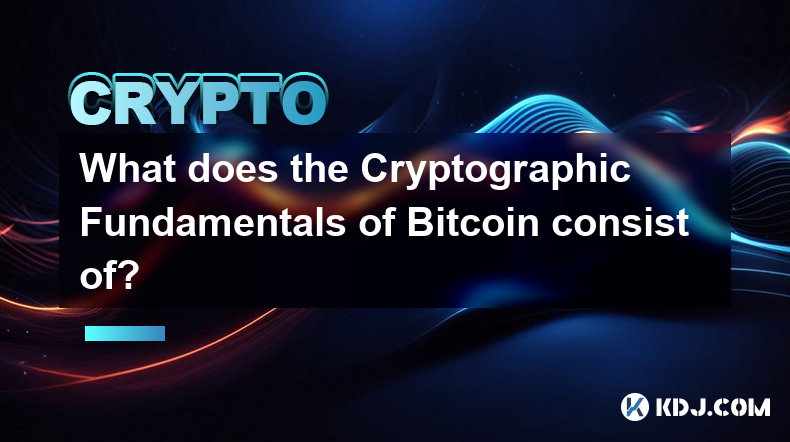-
 Bitcoin
Bitcoin $87,424.1385
-7.96% -
 Ethereum
Ethereum $2,378.4454
-10.87% -
 Tether USDt
Tether USDt $0.9994
-0.05% -
 XRP
XRP $2.1838
-10.73% -
 BNB
BNB $606.4163
-4.88% -
 Solana
Solana $136.2835
-12.96% -
 USDC
USDC $0.9999
0.00% -
 Dogecoin
Dogecoin $0.2024
-10.69% -
 Cardano
Cardano $0.6446
-10.60% -
 TRON
TRON $0.2280
-7.35% -
 Chainlink
Chainlink $14.5408
-11.03% -
 Avalanche
Avalanche $20.7655
-10.83% -
 Toncoin
Toncoin $3.4373
-4.43% -
 Stellar
Stellar $0.2750
-13.31% -
 Sui
Sui $2.7258
-10.65% -
 Litecoin
Litecoin $109.6673
-10.42% -
 UNUS SED LEO
UNUS SED LEO $8.8821
-4.44% -
 Shiba Inu
Shiba Inu $0.0...01358
-6.36% -
 Hedera
Hedera $0.1829
-15.78% -
 MANTRA
MANTRA $7.6975
-8.19% -
 Polkadot
Polkadot $4.3484
-6.98% -
 Hyperliquid
Hyperliquid $18.2957
-13.26% -
 Ethena USDe
Ethena USDe $0.9996
-0.08% -
 Bitcoin Cash
Bitcoin Cash $280.1561
-9.49% -
 Dai
Dai $0.9995
-0.03% -
 Bitget Token
Bitget Token $4.1819
-13.07% -
 Uniswap
Uniswap $7.7150
-8.20% -
 Monero
Monero $218.9950
-6.27% -
 NEAR Protocol
NEAR Protocol $2.8514
-13.23% -
 Pepe
Pepe $0.0...07741
-11.01%
What sector does Status(SNT) coin belong to?
Status (SNT) is classified as a utility token due to its primary functions of providing access to messaging services, enabling payments for dApp usage, and rewarding participation within the Status ecosystem.
Dec 09, 2024 at 12:11 pm

What Sector Does Status (SNT) Coin Belong To?
Status (SNT) is a decentralized messaging platform that empowers users with control over their data and privacy while enabling them to interact with decentralized applications (dApps) directly from their mobile devices. The SNT coin is the native token of the Status network and serves various functions within the ecosystem.
Understanding Token Sector Classification
In the blockchain industry, tokens can be classified into different sectors based on their primary use cases and functionalities. Some of the key token sectors include:
- Utility Tokens: Allow access to specific products or services within a blockchain ecosystem.
- Governance Tokens: Provide holders with voting rights to influence the direction and development of a project.
- Security Tokens: Represent ownership or investment in an underlying asset or enterprise.
- Payment Tokens: Designed specifically for use as a medium of exchange for goods and services.
- Asset-Backed Tokens: Represent the ownership of a real-world asset, such as real estate or commodities.
Status (SNT) Coin Sector Classification
Based on its primary functionality and use cases, the Status (SNT) coin can be classified into the following sector:
1. Utility Token
SNT is primarily a utility token that serves several vital functions within the Status ecosystem:
- Access to Messaging Services: SNT is required to access and use the Status messaging platform's decentralized messaging services.
- Payments for dApp Usage: Users can make payments for using various dApps that are integrated into the Status platform.
- Rewards for Participation: Users who actively participate in the Status network by running nodes or contributing to the ecosystem can earn SNT rewards.
- Governance Rights: SNT holders have the right to vote on proposals and decisions related to the development and direction of the Status platform.
Additional Notes on SNT Token Utility
It's important to note that the utility of SNT extends beyond the core Status platform. The SNT token can also be used to access and interact with other decentralized applications and services built on the same underlying infrastructure.
2. Payment Token
While SNT is primarily a utility token, it can also be used as a payment token within the Status ecosystem. Users can utilize SNT to purchase goods and services from vendors who accept the token. This payment functionality further enhances the utility and versatility of SNT within the Status network.
Sector Ranking of Utility Tokens
As of the time of writing, Status (SNT) is one of the leading utility tokens in the market, ranking among the top 100 cryptocurrencies by market capitalization. Here's a brief ranking overview of some of the prominent utility tokens:
- Ethereum (ETH) - A decentralized platform that supports the execution of smart contracts and hosts a wide range of dApps.
- Binance Coin (BNB) - The native token of the Binance ecosystem, which offers various utilities within the platform.
- Chainlink (LINK) - A decentralized oracle network that provides secure and reliable data to smart contracts.
- Uniswap (UNI) - A decentralized exchange protocol that enables users to trade cryptocurrencies without intermediaries.
- Status (SNT) - A decentralized messaging platform that provides privacy and access to dApps.
- Filecoin (FIL) - A decentralized storage network that allows users to store and retrieve data securely.
- Helium (HNT) - A decentralized network for providing connectivity to low-powered IoT devices.
- Basic Attention Token (BAT) - A token used to reward users for their attention and engagement in the Brave browser.
Please note that rankings can fluctuate over time, and the market capitalization of tokens can change based on various factors.
Disclaimer:info@kdj.com
The information provided is not trading advice. kdj.com does not assume any responsibility for any investments made based on the information provided in this article. Cryptocurrencies are highly volatile and it is highly recommended that you invest with caution after thorough research!
If you believe that the content used on this website infringes your copyright, please contact us immediately (info@kdj.com) and we will delete it promptly.
- Memecoin Market Crashes as the LIBRA Token Implodes, Whales Exit Liquidity Pools, and the Broader Market Falters
- 2025-02-25 23:20:29
- The Cryptocurrency Market Has Been Engulfed in "Blood and Storm," Following the Largest Theft in History
- 2025-02-25 23:20:29
- Toshi.bet Token: A Game-Changer for Crypto Gaming
- 2025-02-25 23:10:29
- Bybit Offers Bounty of Up to $140 Million to Track Down Hackers Who Stole $1.4B
- 2025-02-25 23:10:29
- DeFi 2.0: The Ultimate Guide to Earning Passive Income with Cryptocurrency
- 2025-02-25 23:10:29
- 4 Game-Changing Crypto Coins With High Growth Potential That Could Deliver Massive Gains
- 2025-02-25 23:10:29
Related knowledge

How does the blockchain technology of EOS coins work?
Feb 25,2025 at 11:13pm
Key PointsEOS is a blockchain platform that provides a high-throughput and scalable solution for decentralized applications.EOS uses a delegated proof-of-stake (DPoS) consensus mechanism to elect block producers and maintain the blockchain.EOSIO, the open-source software that powers EOS, offers a range of developer tools and features to facilitate the c...

What are the long-term investment risks of Bitcoin?
Feb 22,2025 at 05:30pm
Key PointsVolatility and price fluctuationsRegulatory uncertaintySecurity risksCompetition from altcoinsMarket manipulation and scamsTransaction feesEnvironmental concernsLong-Term Investment Risks of BitcoinVolatility and Price FluctuationsBitcoin's high volatility is a double-edged sword. While it has the potential to generate substantial returns, it ...

What are the main contents of Bitcoin's "white paper"?
Feb 21,2025 at 04:36am
Key Points:Understanding Bitcoin's Genesis: The White Paper's IntroductionA Decentralized Digital Currency: Bitcoin's Core ConceptBlockchain Technology: The Foundation of Bitcoin's Immutable LedgerProof-of-Work: Securing Bitcoin's NetworkThe Design of Bitcoin's Currency: Issuance, Scarcity, and DivisibilityBitcoin's Potential Applications and Future Pro...

How does Bitcoin's distributed ledger ensure consistency?
Feb 22,2025 at 10:06pm
Key Points:Bitcoin employs a distributed ledger, also known as a blockchain, to maintain a tamper-proof and consistent record of transactions.The blockchain is a decentralized network of computers that collectively validate and store transaction data.Bitcoin's distributed ledger ensures consistency through consensus mechanisms and cryptographic algorith...

What does the Cryptographic Fundamentals of Bitcoin consist of?
Feb 21,2025 at 12:06pm
Key PointsUnderstanding the cryptographic algorithms used in BitcoinFamiliarization with the Bitcoin blockchain and its underlying mechanicsExamination of the security measures that protect Bitcoin from attackAnalysis of the decentralized nature of Bitcoin and its implicationsDiscussion of the scalability and transaction fee issues associated with Bitco...

What is Bitcoin's relationship with blockchain technology?
Feb 22,2025 at 07:00pm
Bitcoin's Intertwined Relationship with Blockchain TechnologyKey Points:Definition of blockchain technology and its decentralized natureBitcoin's utilization of blockchain for secure and immutable transactionsThe role of blockchain in verifying and confirming transactionsEvolution of blockchain technology beyond Bitcoin's cryptocurrency applicationsUnde...

How does the blockchain technology of EOS coins work?
Feb 25,2025 at 11:13pm
Key PointsEOS is a blockchain platform that provides a high-throughput and scalable solution for decentralized applications.EOS uses a delegated proof-of-stake (DPoS) consensus mechanism to elect block producers and maintain the blockchain.EOSIO, the open-source software that powers EOS, offers a range of developer tools and features to facilitate the c...

What are the long-term investment risks of Bitcoin?
Feb 22,2025 at 05:30pm
Key PointsVolatility and price fluctuationsRegulatory uncertaintySecurity risksCompetition from altcoinsMarket manipulation and scamsTransaction feesEnvironmental concernsLong-Term Investment Risks of BitcoinVolatility and Price FluctuationsBitcoin's high volatility is a double-edged sword. While it has the potential to generate substantial returns, it ...

What are the main contents of Bitcoin's "white paper"?
Feb 21,2025 at 04:36am
Key Points:Understanding Bitcoin's Genesis: The White Paper's IntroductionA Decentralized Digital Currency: Bitcoin's Core ConceptBlockchain Technology: The Foundation of Bitcoin's Immutable LedgerProof-of-Work: Securing Bitcoin's NetworkThe Design of Bitcoin's Currency: Issuance, Scarcity, and DivisibilityBitcoin's Potential Applications and Future Pro...

How does Bitcoin's distributed ledger ensure consistency?
Feb 22,2025 at 10:06pm
Key Points:Bitcoin employs a distributed ledger, also known as a blockchain, to maintain a tamper-proof and consistent record of transactions.The blockchain is a decentralized network of computers that collectively validate and store transaction data.Bitcoin's distributed ledger ensures consistency through consensus mechanisms and cryptographic algorith...

What does the Cryptographic Fundamentals of Bitcoin consist of?
Feb 21,2025 at 12:06pm
Key PointsUnderstanding the cryptographic algorithms used in BitcoinFamiliarization with the Bitcoin blockchain and its underlying mechanicsExamination of the security measures that protect Bitcoin from attackAnalysis of the decentralized nature of Bitcoin and its implicationsDiscussion of the scalability and transaction fee issues associated with Bitco...

What is Bitcoin's relationship with blockchain technology?
Feb 22,2025 at 07:00pm
Bitcoin's Intertwined Relationship with Blockchain TechnologyKey Points:Definition of blockchain technology and its decentralized natureBitcoin's utilization of blockchain for secure and immutable transactionsThe role of blockchain in verifying and confirming transactionsEvolution of blockchain technology beyond Bitcoin's cryptocurrency applicationsUnde...
See all articles

















































































